John Grenell
aka John Hore, John Hore Grenell
The most prominent of many country artists to emerge from the rural South Island in the 1960s, John Grenell’s material and delivery leaned towards the mainstream, crossover style of Jim Reeves. Consequently, he became the biggest-selling New Zealand act of the decade, and his success continued to the 1990s. Besides his warm croon, Grenell’s success lay in the diversity of his material – and his affable personality. He would be nicknamed “New Zealand’s country gentleman”.
In the 1980s – two decades into his professional career – New Zealand’s leading country singer changed his name. John Hore stopped using his stepfather’s surname and instead reverted to his original family name, Grenell. For a little while he used both names – John Hore Grenell – and he briefly included his middle name so that he was John Denver Hore, but in the country music world that was just a little confusing.
I've Been Everywhere
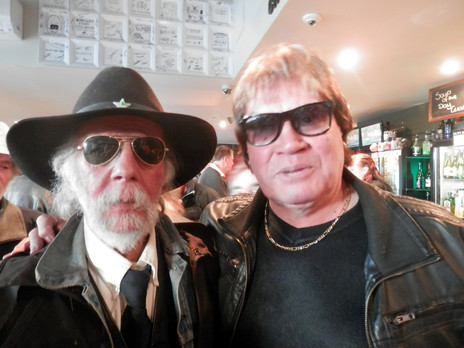
John Grenell and Eddie Low, at John's 70th birthday, 2014.
Photo credit:
Dave Mitchell
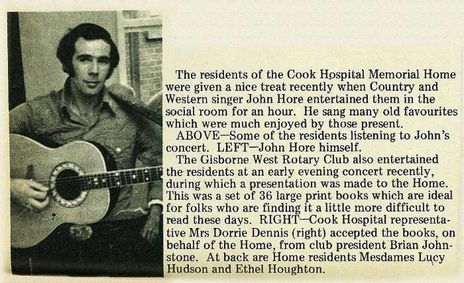
John Hore in the early 1970s
Photo credit:
Gisborne Photo News
John Grenell features in Fred Dagg's 'A Bit of a Dagg' TV special, 1977
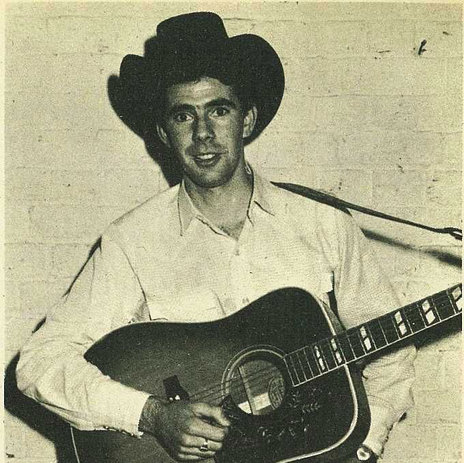
John Hore, 1967
Photo credit:
Gisborne Photo News
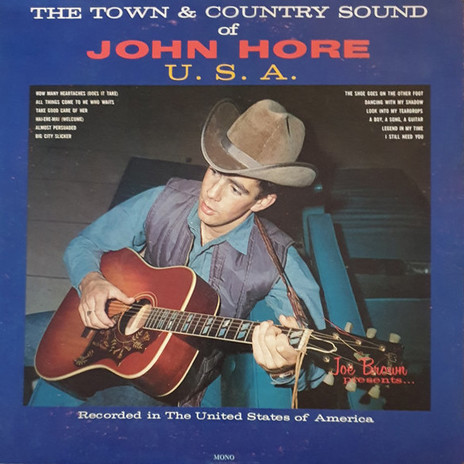
The Town & Country Sound Of John Hore U.S.A. (Joe Brown, 1966)
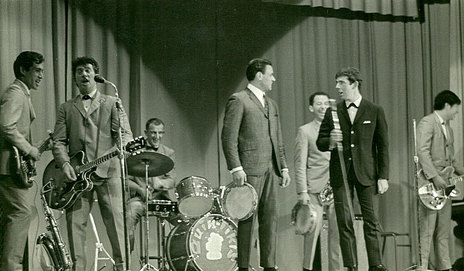
Quin Tikis with Howard Morrison and John Hore
Photo credit:
Courtesy of the Rim D. Paul Collection at the Museum of New Zealand Te Papa Tongarewa
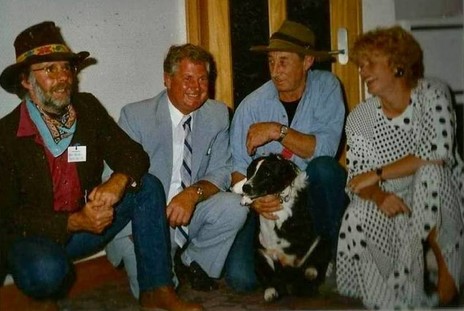
John Grenell, Charlie Anderson, Barry Crump, and Vicki Buck.
Photo credit:
Dave Mitchell
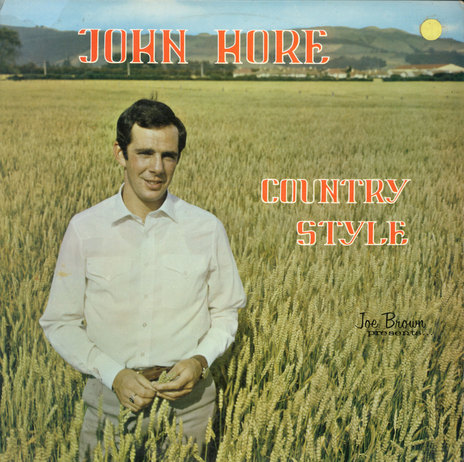
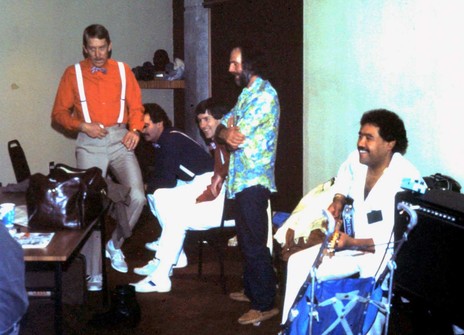
Backstage at the 25 Years of Television concert spectacular at the Michael Fowler Centre, Wellington, 1985. Left to right: Hogsnort Rupert’s Alec Wishart, Dave Luther and Kevin Findlater, John Grenell and Billy T. James.
Photo credit:
Miles Reay collection
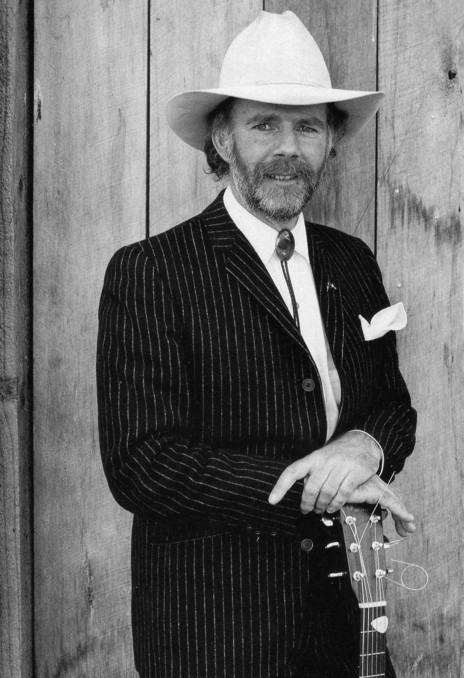
John Hore Grenell in 1988, from the back cover of Silver
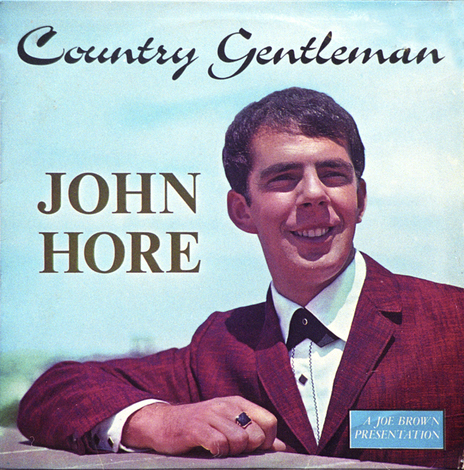
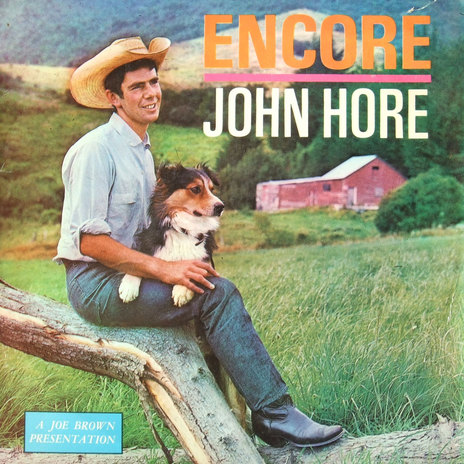
John Grenell on That's Country, March 1982
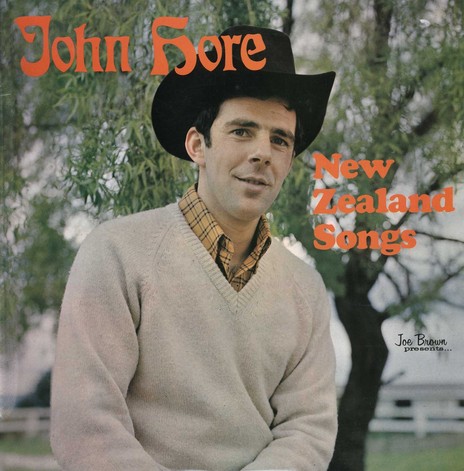
John Hore's New Zealand Songs, 1968
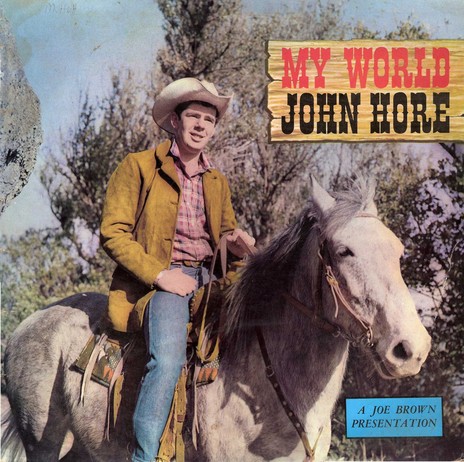
My World, the third album from John Hore, released in late 1965
Streets of Laredo - 1985
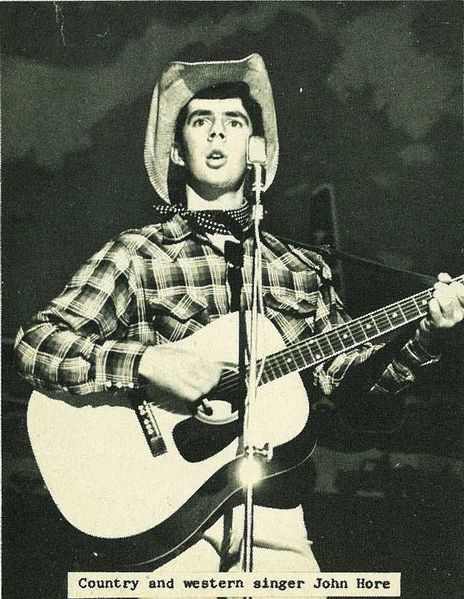
John Hore in Gisborne
Photo credit:
Gisborne Photo News
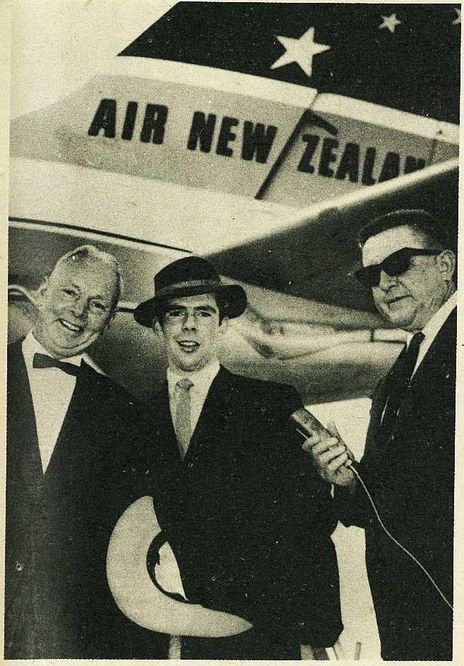
Joe Brown and John Hore in the USA, 1966. The interviewer at right is Bob Ferris, of Hollywood's KNX.CBS.
Photo credit:
Gisborne Photo News
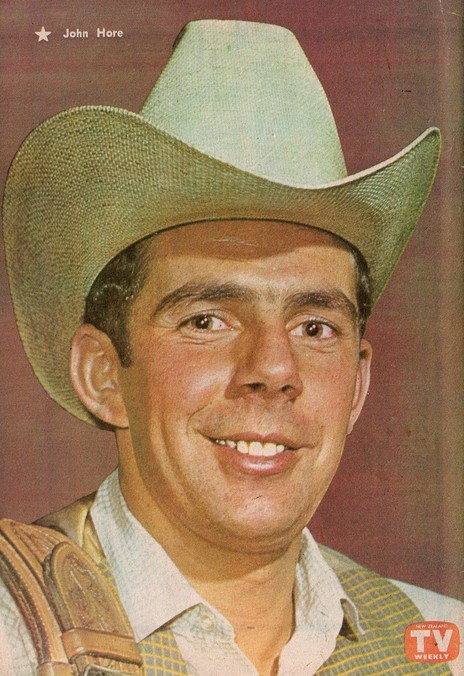
John Hore in the New Zealand TV Weekly, 8 January 1968.
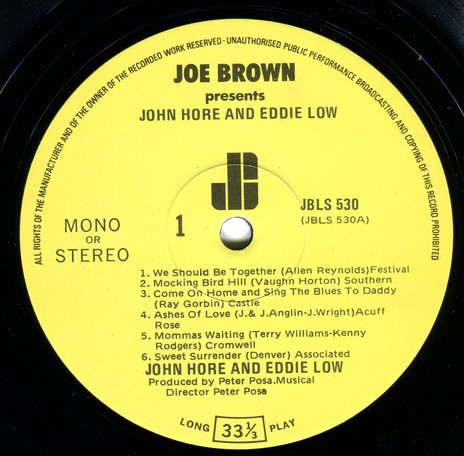
John Hore and Eddie Low's album We Should Be Together, released on the Joe Brown label in 1972
Photo credit:
Joe Brown
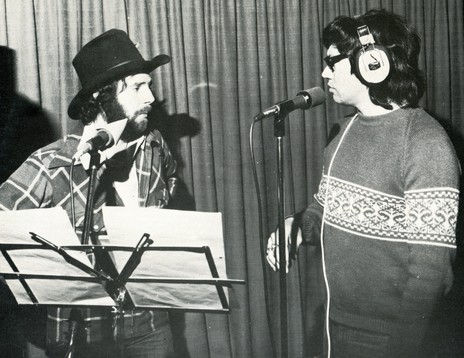
John Hore, left, and Eddie Low during the recording of their album We Should Be Together at Stebbing's, Auckland, 1972. The album was produced by Peter Posa
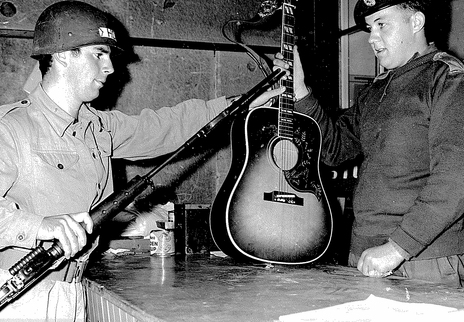
John Hore joins the army, 1966
Photo credit:
Redmer Yska Collection
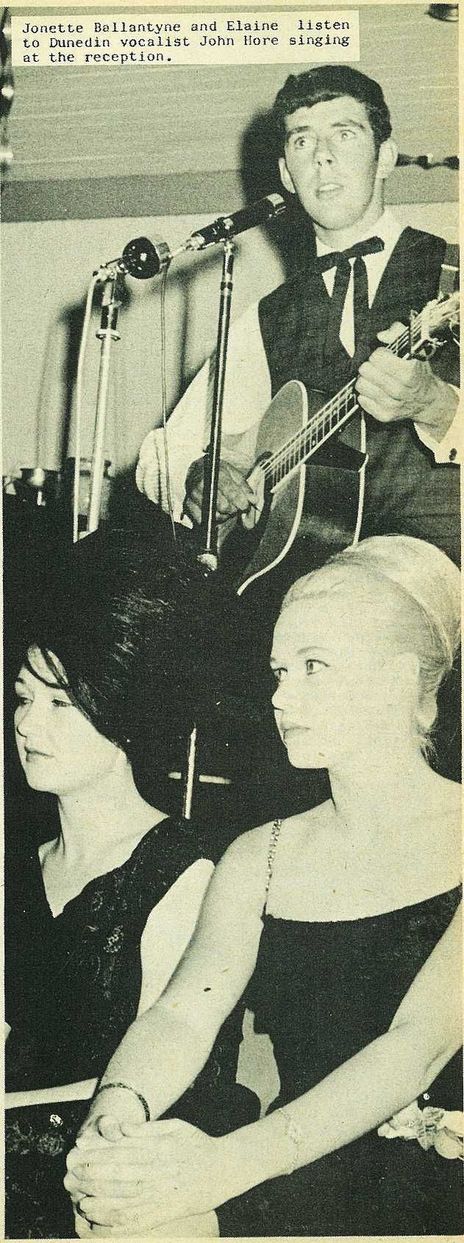
Miss New Zealand in Gisborne, 1964
Photo credit:
Gisborne Photo News
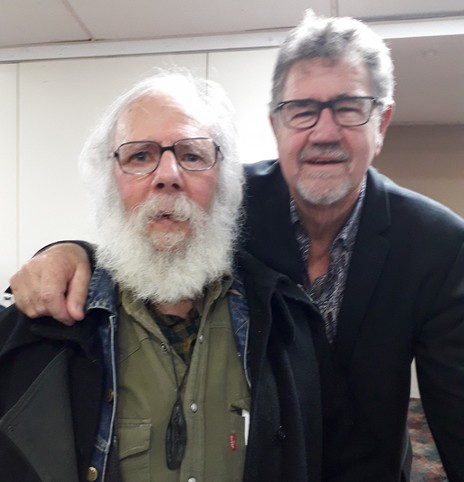
John Grenell and Brendan Dugan, 2014.
Photo credit:
Dave Mitchell
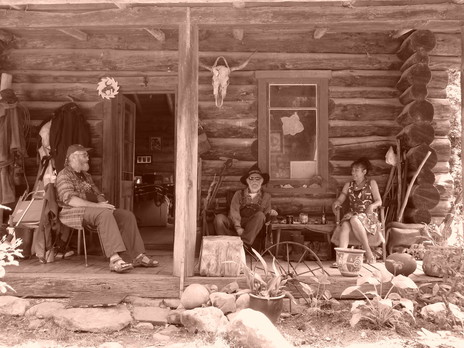
John Grenell, centre, at Whitecliffs with friends.
Photo credit:
Dave Mitchell
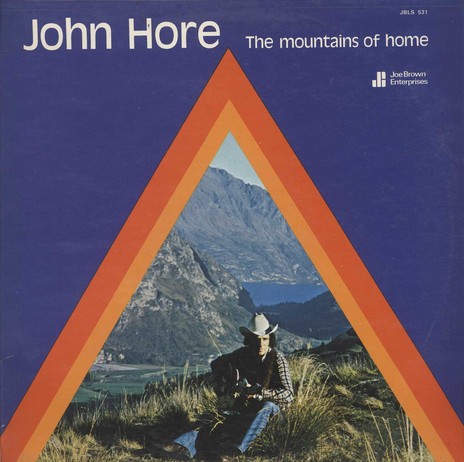
John Hore's 1973 album The Mountains Of Home, was produced by Peter Posa and would be his last album for 15 years
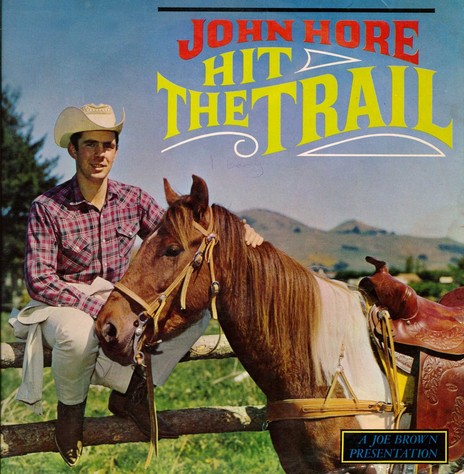
The fifth John Hore album, Hit The Trail, released in 1966
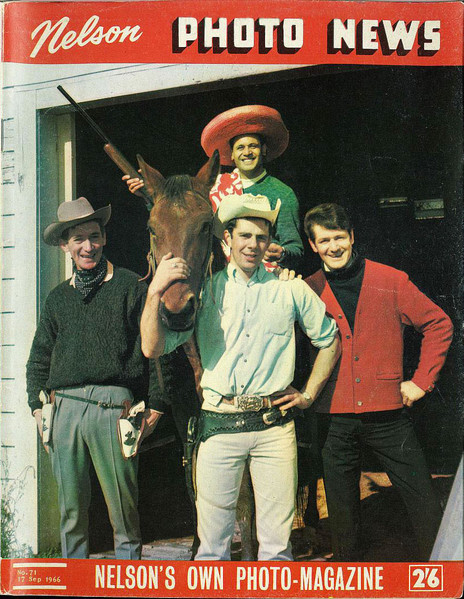
Country and western: pictured after visiting Nga-whatu Hospital, while on a Joe Brown tour, are (L-R) Paul Walden, John Hore and Peter Posa; on the horse is "Senor" Howard Morrison. From the Nelson Photo News, 17 Sept 1966.
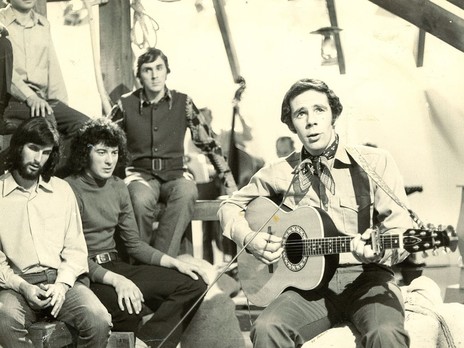
John Grenell in an early 1970s television appearance.
Photo credit:
Archives NZ Attribution 2.0 Generic (CC BY 2.0)
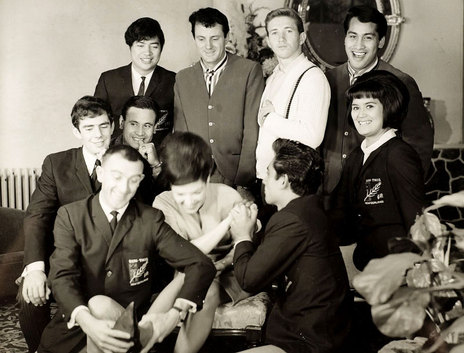
Miss NZ Tour 1965. From top left: Wez Taiaroa, Lou Clauson, Ian Saxon, Simon Mehana. Middle row: John Hore, Howard Morrison, Miss NZ 1965 Gay Phelps, Keri Northover. Front: Gary Wahrlich, Rim D. Paul.
Photo credit:
Courtesy of the Rim D. Paul Collection at the Museum of New Zealand Te Papa Tongarewa
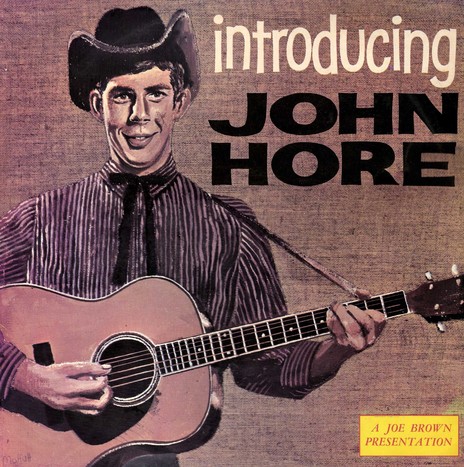
John Hore's debut album from 1964
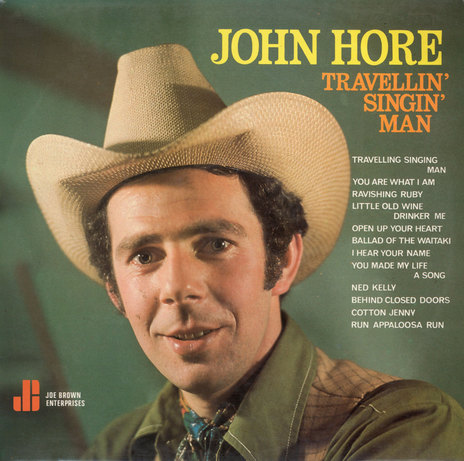
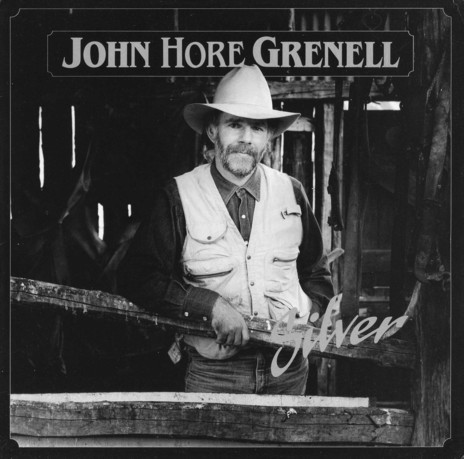
John Hore Grenell’s Silver was released on Ode in 1988 to commemorate the singer’s 25th anniversary as a recording artist, but it sold poorly. When he had a No.1 hit with the Toyota jingle ‘Welcome To Our World’ two years later, the song was added and the LP barely repackaged and released as Welcome To Our World on CBS, faring much better.
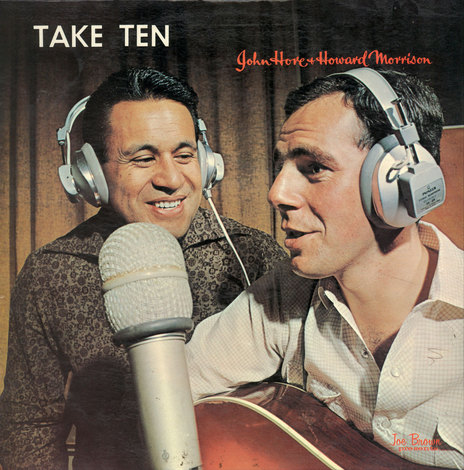
Take Ten was a 1967 duet album with John Hore and Howard Morrison, rush recorded by Joe Brown to coincide with a tour.
Andy Anderson introduces John Grenell performing a Rodney Crowell song on Dixie Chicken (1987)
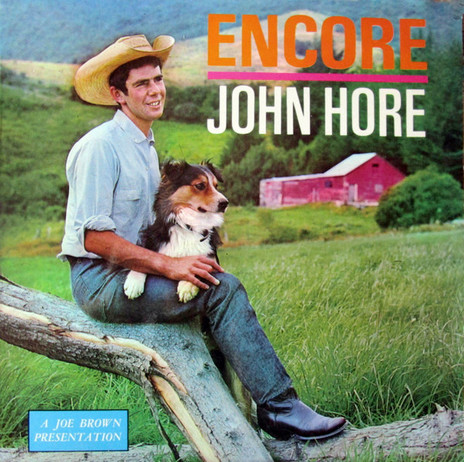
John Hore - Encore (Joe Brown, 1965)
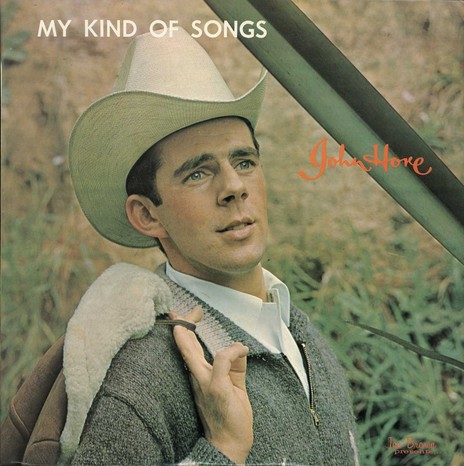
John Hore's My Kind Of Home, from 1967
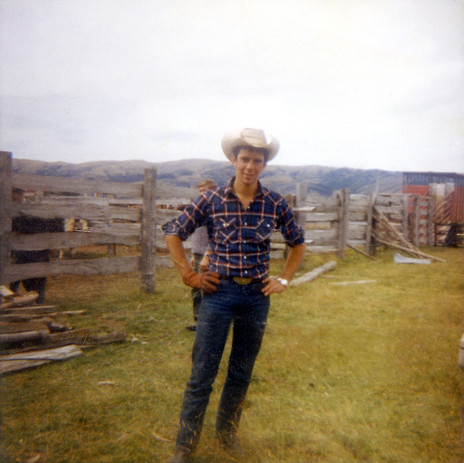
John Hore at the Waikaia Rodeo in 1966.
Photo credit:
Margaret Grant
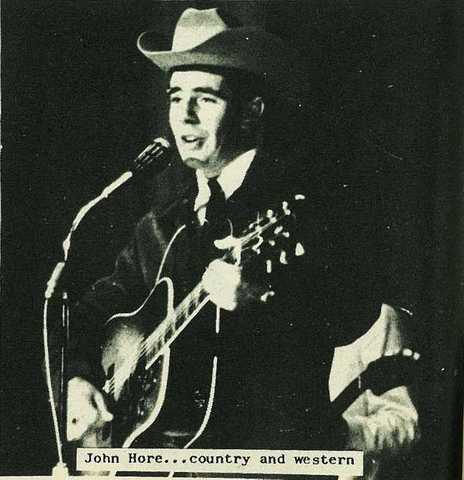
John Hore in Gisborne, 1966
Photo credit:
Gisborne Photo News
Trivia:
The Canterbury farm belonging to John Grenell and his wife Deirdre hosted the Whitecliffs Family Music Festival for many years.
Discography
